Kochi Metro Rail Limited (KMRL) is building a future-ready, integrated transit system anchored on sustainability, technology, and multimodal connectivity. In an exclusive interaction, Sanjay Kumar, Director (Systems), KMRL, explains to Nisha Samant, Associate Editor, APAC Media & CXO Media, that sustainable and resilient urban transport is not just a developmental goal but an ecological necessity. Accordingly, KMRL has set benchmarks in sustainable, inclusive, and integrated urban mobility for India.
How is KMRL incorporating emerging technologies such as automation, digital ticketing, and real-time monitoring systems to enhance commuter experience and operational efficiency?

KMRL has embraced a wide spectrum of cutting-edge technologies with the aim of creating a seamless, efficient, and commuter-centric metro experience. The Automatic Fare Collection (AFC) system has been designed with flexibility, supporting multiple fare media such as contactless smart cards, QR-code-based digital tickets, WhatsApp ticketing, ONDC, Google Wallet, and mobile app-based solutions. This ensures that passengers can choose from a variety of convenient options, making the ticketing process faster, more user-friendly, and accessible to all categories of commuters. On the operations front, advanced automation has been implemented in both train control and station management. This not only improves punctuality and service frequency but also enhances efficiency in scheduling while significantly minimizing human error.
A Centralized Operations Control Centre (OCC) plays a pivotal role in monitoring real-time train movement, passenger flow, and system performance. Through its integrated surveillance and supervisory functions, the OCC ensures quick decision-making and timely interventions during service disruptions, thus maintaining high service reliability.
To further enrich the passenger experience, KMRL has deployed modern Public Information Systems (PIS), integrated journey planners, and mobile applications that provide commuters with real-time updates on train schedules, expected arrival times, and connectivity across modes. This end-to-end integration enables smoother journey planning and strengthens the city’s public transport ecosystem.
Through this holistic adoption of emerging technologies, KMRL is not only improving operational efficiency but also redefining urban mobility in Kochi by making it smarter, more reliable, and commuter-friendly.
What measures has KMRL adopted in its systems design to promote energy efficiency, renewable energy integration, and reduce carbon footprint?
KMRL has made significant strides in energy efficiency and renewable integration, with an installed solar capacity of 11.33 MWp generating about 1.3 million units monthly—nearly 51% of its total energy requirement. This initiative alone reduces CO₂ emissions by approximately 13,000 tonnes annually, equivalent to planting five lakh teak trees. Innovative projects, such as installing solar panels over depot tracks and roads, have added 2.4 MWp of capacity, contributing 21% of total solar generation and reducing emissions by a further 2,881 tonnes each year.
All solar projects are implemented under the RESCO model, requiring zero investment from KMRL, while providing energy at a lower cost than the state utility, resulting in savings of ₹3.6 crore in 2024. To achieve 100% energy neutrality, KMRL is planning a 15 MWp solar plant in Kasaragod district through open access. Complementing this, the metro system incorporates regenerative braking, LED lighting, and efficient HVAC systems, alongside IGBC-rated stations, rainwater harvesting, and water recycling. Sustainable mobility is also promoted through e-buses, e-autos, and cycling and pedestrian-friendly infrastructure, further reducing the city’s carbon footprint and advancing KMRL’s mission of green mobility.
What have been the major technical and operational challenges in implementing advanced metro systems in Kochi, and how were they addressed?
Implementing a modern metro system in Kochi came with several unique technical and operational challenges, shaped by the city’s distinctive geography and urban fabric. The presence of canals, backwaters, and densely populated neighborhoods made construction complex, while high land costs and fragmented ownership slowed land acquisition. KMRL addressed these issues through careful route optimization, elevated viaduct-based designs to minimize land needs, and phased construction to ease traffic disruptions. Proactive engagement with communities and local authorities helped build trust, mitigate displacement, and secure timely clearances.
Ensuring seamless multimodal integration was another critical challenge, as Kochi relies on both land and water transport. KMRL positioned the metro as the backbone of an interconnected network by launching the Kochi1 Common Mobility Card, usable across metro, bus, and Water Metro services. Intermodal hubs such as Vyttila were developed to connect metro lines with city and long-distance buses as well as ferries. To improve last-mile access and increase ridership, KMRL introduced feeder fleets of e-buses and e-autos, along with cycling and pedestrian-friendly infrastructure, which together boosted daily patronage and reduced operational losses.

From a technology standpoint, introducing advanced systems like Communication-Based Train Control (CBTC), SCADA-driven power management, and real-time OCC monitoring brought challenges during commissioning. These were overcome through close collaboration with OEMs such as Alstom and timely interventions by technical teams, making Kochi Metro the first in India to successfully demonstrate safe, automated CBTC operations. In parallel, the adoption of digital ticketing solutions—including QR-based tickets, WhatsApp tickets, ONDC platform integration, and discounts through Kochi1 cards—helped reduce revenue leakages, cut token-related losses, and streamline commuter access, even as KMRL worked to address barriers of digital literacy among certain commuter groups.
Operational challenges also emerged from system design. For instance, the absence of a third platform or crossover at JLN Stadium created constraints for Phase I and II integration. KMRL mitigated this by planning turn-back operations at Maharaja’s station, with provisions to extend services based on future demand. Relocation of utilities such as water, power, and communication lines, as well as managing heavy traffic during construction, added further complexity. These were tackled through careful coordination with multiple agencies, nighttime construction works, and continuous public communication on diversions and timelines.
Finally, KMRL embedded sustainability and inclusivity into its solutions. Circular economy practices such as regenerative braking, energy-efficient design, and large-scale solar integration helped reduce emissions and conserve resources. Equally, social inclusion became a defining feature of Kochi Metro, with over 80% women in operations and active employment of the transgender community, building a socially progressive brand. By turning geographical, technological, and institutional challenges into opportunities, KMRL has not only delivered a modern metro but also set benchmarks in sustainable, inclusive, and integrated urban mobility for India.
With rapid urbanization and smart city initiatives, how is KMRL preparing its systems to remain future-ready and scalable for growing urban mobility needs?
Kochi is undergoing rapid urbanization, with growing economic activity and rising population density placing increasing strain on its mobility systems. The result has been mounting congestion, reduced average travel speeds, and higher emissions from private motorization.
At the same time, the city’s unique geography—marked by wetlands, backwaters, and low-lying islands—makes it highly vulnerable to flooding, sea-level rise, and other climate impacts. For Kochi, sustainable and resilient urban transport is not just a developmental goal but an ecological necessity.
KMRL is addressing these challenges by building a future-ready, integrated transit system anchored on sustainability, technology, and multimodal connectivity. Advanced CBTC signaling, driverless-ready metro coaches, and wide-scale solar adoption already ensure technical resilience and low-carbon operations. The metro’s expansion plans, including Phase III to Angamaly and the airport, are complemented by the Integrated Urban Regeneration and Water Transport System (IURWTS), which is revitalizing Kochi’s canals to support water-based mobility and mitigate flooding. Together, these efforts reflect a strategy that is both scalable and eco-smart.

A defining feature of KMRL’s approach is its strong push toward electric mobility. A growing fleet of electric feeder buses and e-autos provides clean and affordable last-mile access, reducing congestion and replacing polluting fossil-fuel vehicles.
Equally path-breaking is the Kochi Water Metro, the world’s first fully electric urban ferry system, which connects island communities with the city core while easing pressure on road networks. These initiatives, supported by renewable energy integration—already meeting over 50% of KMRL’s power needs—place Kochi at the forefront of sustainable transit innovation.
The environmental benefits of this integrated system are already evident. Independent analyses, including those by the Centre for Science and Environment, estimate that Kochi’s multimodal network helps avoid between 950 to 2,058 kilograms of particulate matter (PM), 12,439 to 14,277 kilograms of nitrogen oxides (NOx), and nearly 16.5 million kilograms of carbon dioxide (CO₂) every single day. This demonstrates the transformative role that sustainable public transport can play in reducing greenhouse gas emissions and improving urban air quality.
By aligning advanced metro systems with electric feeder services, water-based mobility, and renewable energy, KMRL is positioning Kochi as a model for climate-resilient transport in India. The vision is not only to move people efficiently but also to safeguard the city’s fragile ecology while setting benchmarks for sustainable urban growth.
What innovations or strategies is KMRL implementing in signaling, communication, and safety systems to ensure reliability and passenger safety?
KMRL has implemented a robust suite of signaling, communication, and safety systems to ensure reliable operations and passenger security. The metro operates on Alstom’s Urbalis-400 Communication-Based Train Control (CBTC) system, one of the most advanced globally, enabling continuous communication between trains and control centers. This ensures precise train movements, reduced headways, improved punctuality, and overall efficiency in operations.
Automatic Train Protection (ATP) and Automatic Train Supervision (ATS) further strengthen safety by preventing over speeding, signal violations, and unsafe train handling, while a SCADA-based monitoring system tracks traction power, signaling health, and station systems in real time.
Passenger safety is reinforced through a combination of intelligent communication and surveillance tools. The network is supported by dedicated train radios, station-wide PA systems, and a comprehensive CCTV grid covering stations, trains, and platforms. Advanced video analytics embedded within this system can automatically detect anomalies such as unattended baggage, restricted access intrusions, or suspicious activity, triggering real-time alerts at the Operations Control Centre (OCC) for swift response. On platforms, KMRL has introduced sensor-based yellow line warning alarms that alert passengers and staff if safety zones are breached, complemented by AI-enabled CCTV that monitors line crossings to prevent accidental falls.
In addition, KMRL places strong emphasis on emergency preparedness and disaster response. Stations and trains are equipped with fire detection and suppression systems, evacuation signage, and alarm mechanisms. Regular mock drills are carried out in coordination with fire, rescue, police, and medical services to ensure readiness for any unforeseen event. These measures provide commuters with the assurance of a system that not only prevents risks but also responds effectively when emergencies arise.
Collectively, these multi-layered strategies—from CBTC precision signaling and AI-powered surveillance to ATP/ATS operational safeguards and disaster readiness protocols—have created a world-class safety ecosystem for Kochi Metro. This comprehensive approach ensures that operations remain smooth, passengers feel secure, and KMRL consistently upholds global best practices in metro safety and technology.


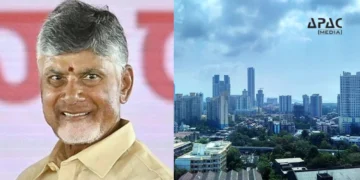


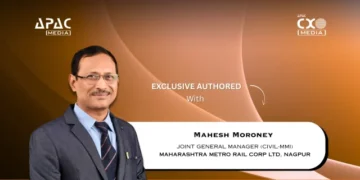
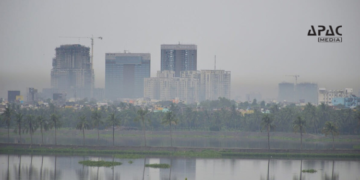





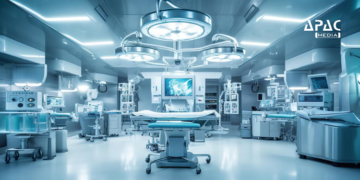
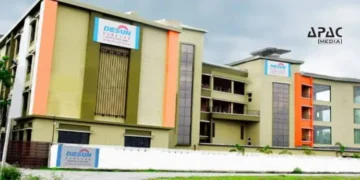
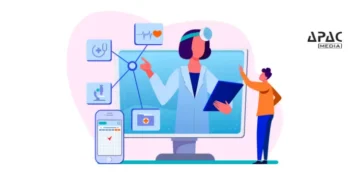





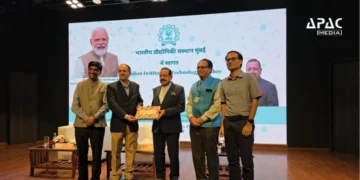
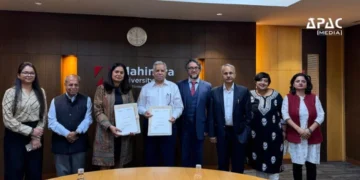
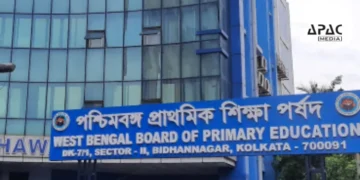


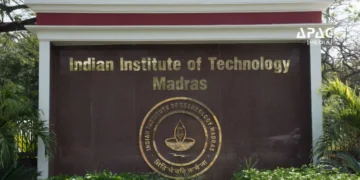



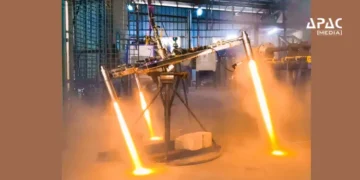




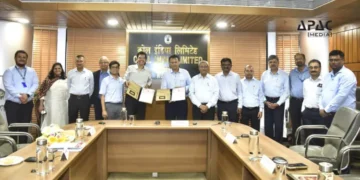
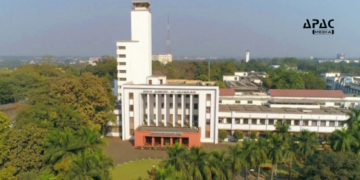

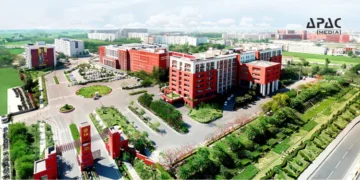

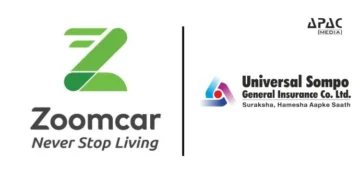
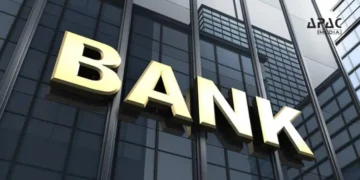





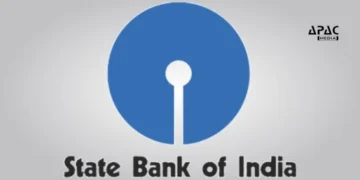

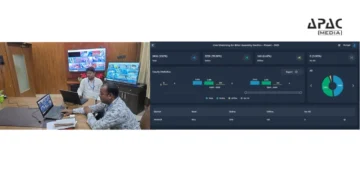
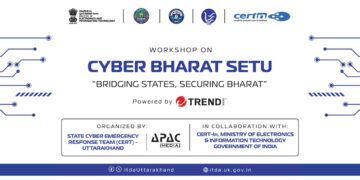
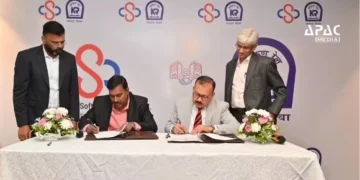
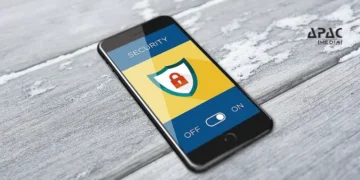

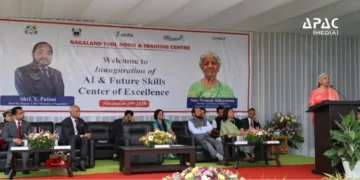















Discussion about this post